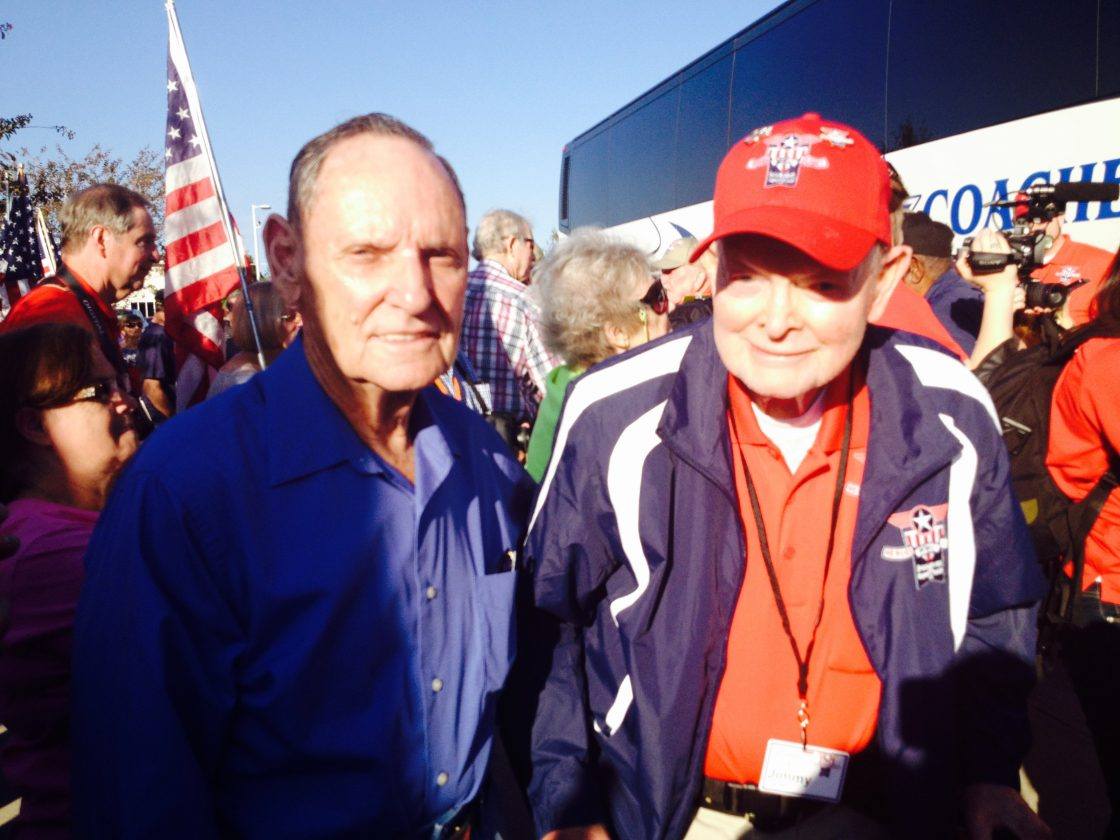As a Radioman for the Navy during World War II, James Carter sailed to the Philippines, Japan, and back. But this was the first time he had ever visited the World War II Memorial in Washington.
James Carter was one of 27 veterans who made the trip to Washington this year as part of Texas-based grocery store chain Brookshire’s World War II Honor Flight.
“It was the trip of a lifetime,” he says.
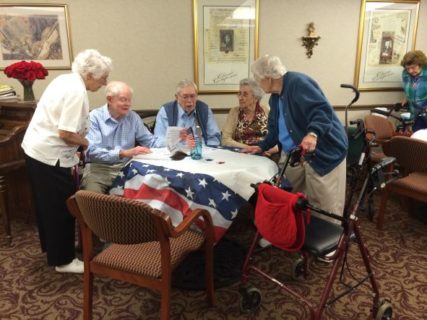
Accompanying the veterans were 20 volunteers who assisted them on the trip. Sam Anderson, Community Involvement Manager for Brookshire’s, planned the whole thing. He was there every step of the way, ensuring that the veterans were well fed and enjoying themselves.
“He was great, and I don’t know how we could have done it without him,” Mr. Carter says.
Mr. Carter and the group visited the World War II Memorial, Korean Memorial, Vietnam Memorial, Arlington National Cemetery, the Smithsonian National Air and Space Museum, and witnessed the Changing of the Guard. They even received a tour of the Capitol from Texas Congressman Louie Gohmert.
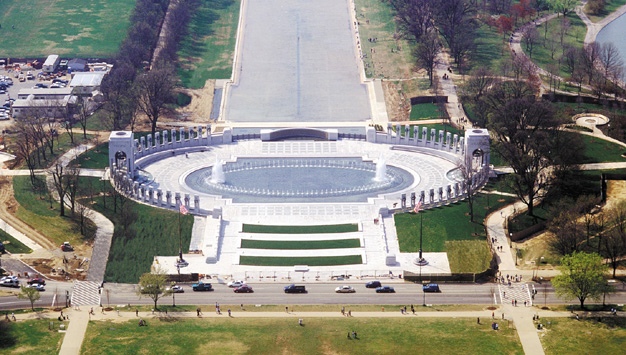
“We did have a real good time,” Mr. Carter says of the two-and-a-half-day visit to the nation’s capital. “We didn’t miss a meal, and I don’t think we missed one of those museums.”
Mr. Carter was born in Coolidge, Texas, where he grew up on a nearby farm. After he graduated high school in 1943, he traveled to Dallas, where he tried to volunteer for the Naval Air Force. They rejected him twice, because his blood pressure was a point too high.
“I don’t think those blood pressure tests are that accurate,” says Mr. Carter. “But anyway, that was their job I guess.”
The trip to Dallas was not a total loss, however. While there, he met Pauline, his future wife.
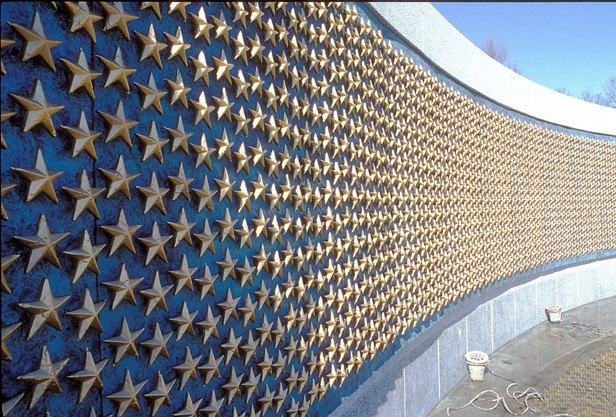
That same year, in 1943, Mr. Carter joined the Navy and went to boot camp in San Diego. After boot camp, he attended Navy Radioman School at the University of Colorado at Boulder. From there, he went back west to San Francisco, where he caught a freighter that took him to the New Hebrides Islands.
“That was one island that the Japanese never did take, and it was real nice there,” he says. “A lot of coconuts.”
In the New Hebrides, Mr. Carter was assigned to the ship that would be his home for the rest of his tour. It was the USS LST-487, designed to carry up to twenty-seven 25-ton tanks on the tank deck and 14 lorries (armored trucks) on the weather deck. LST stands for “Landing Ship, Tank.”
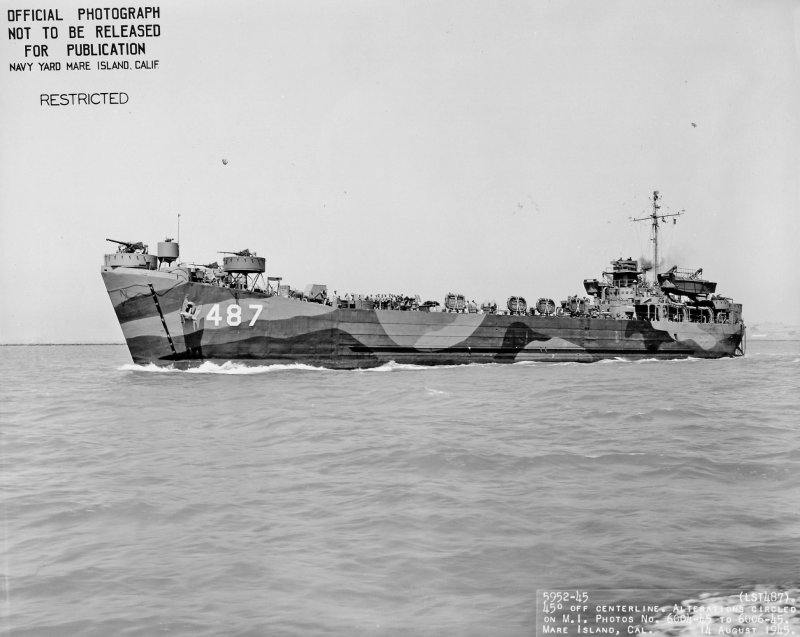
“I want to recognize Winston Churchill,” says Mr. Carter. “He met Roosevelt and told him that he needed to build something to carry tanks so they could land on the beach. And that was the idea of building the LST.”
The LST would reach a high speed before landing on the beach, at which point a ramp would lower down from the front of the ship. The tanks would rumble off the ramp directly onto the beach, and an elevator would take the trucks and Jeeps from the weather deck down to the tank deck to be unloaded last.
As the senior Radioman on the ship, Mr. Carter would generally stay on board, but he still bore witness to the chaos and destruction of war.
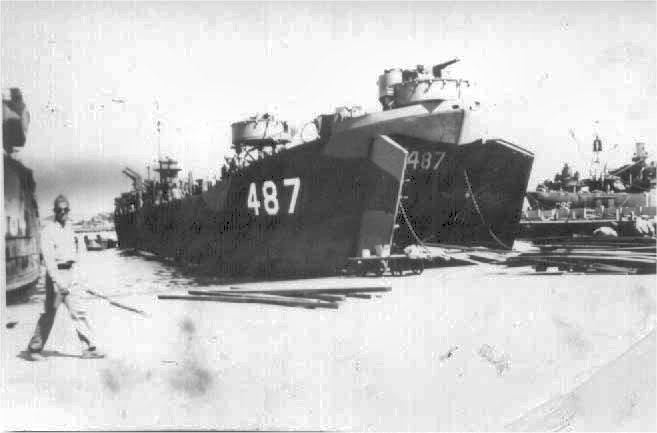
While aboard the LST-487, Mr. Carter and his shipmates were in the Invasion of Lingayen Gulf on January 6, 1945. All day, the USS California fired shells over their ship.
“It would shake the harbor every time they’d fire one of those shells,” he recalls.
During the battle, Mr. Carter saw a kamikaze hit an Australian cruiser. The USS California, too, would later be damaged by a kamikaze. In total, 24 American ships were sunk and another 67 ships were damaged by kamikazes during the Invasion of Lingayen Gulf.
The next stop for Mr. Carter’s LST-487 was the Ryukyu Islands of Okinawa, the site of the largest amphibious assault in the Pacific War of World War II. The Battle of Okinawa lasted 82 days, but Mr. Carter and his ship did not stay that long.
“In Okinawa, we got there and there were so many kamikazes hitting ships and everything, so we unloaded and were there about two days I think,” says Mr. Carter.
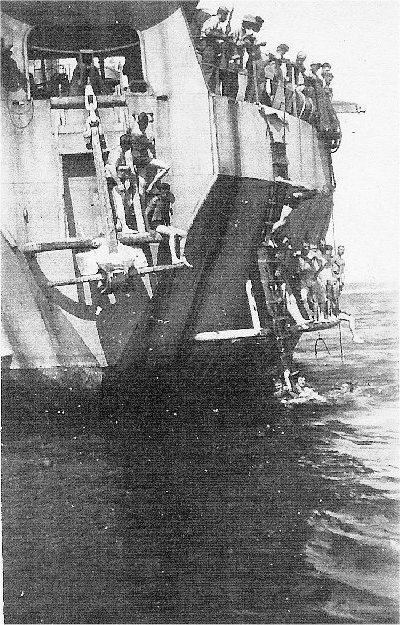
After the Battle of Okinawa, Mr. Carter went home on the LST-487, which needed a complete overhaul. While he was stateside, the war came to an end, and he was able to marry Pauline as they had planned.
Before Mr. Carter left on his trip to Washington to see the World War II Memorial, there was a party thrown in his honor at Garden Estates of Tyler. As he addressed his friends and neighbors, who had all gathered to celebrate him and his service to his country, he took the time to recognize “the people at home who sacrificed a lot themselves.”
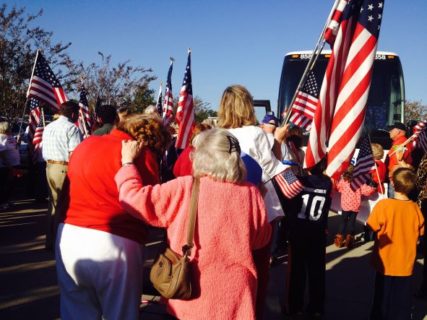
“You know, they couldn’t buy much sugar, they couldn’t get tires for their cars, it was kind of hard to get tires for their tractors, and they’d collect scrap iron and take it to a location for them to make armor and artillery. It was a pretty big sacrifice at home and everybody was there to do it. We had women welders and rivet drivers, and they worked in armor factories and made the armor. It was a total effort of the United States of America.”
We at Senior Lifestyle are very happy that Mr. Carter enjoyed his trip to the World War II Museum in Washington, and we would like to thank him, all veterans, and all those who supported the war effort at home for their service and sacrifice.

